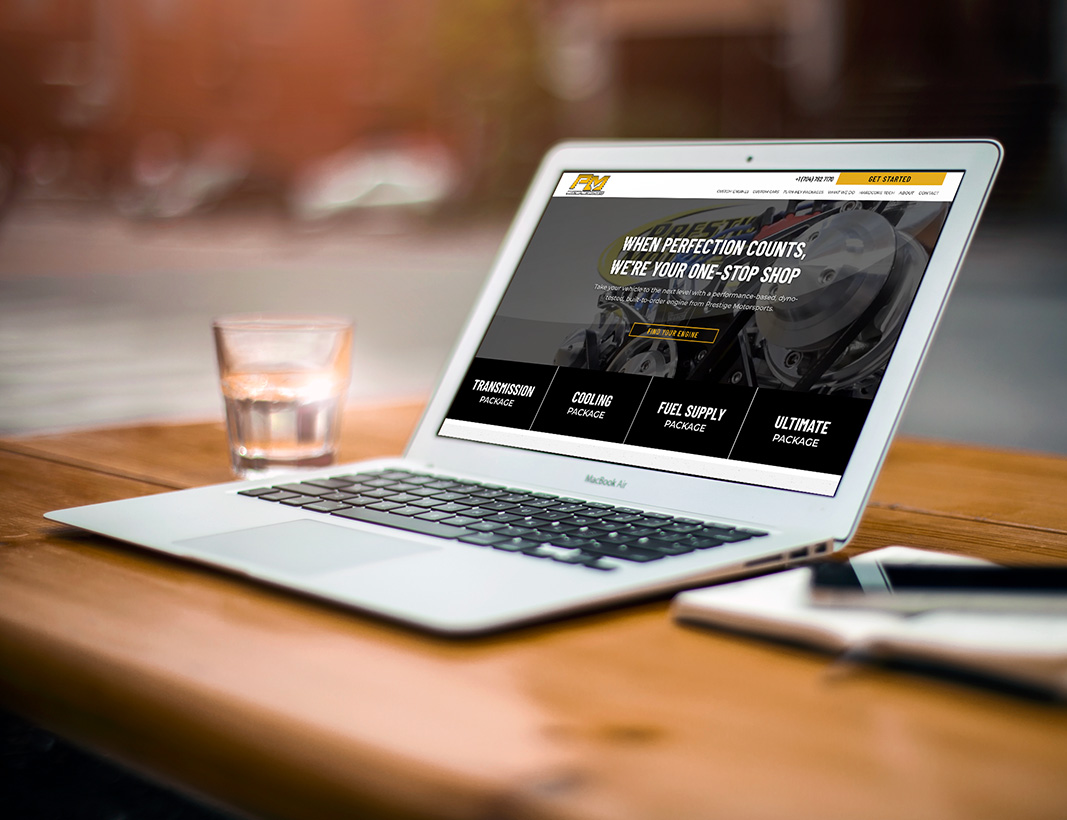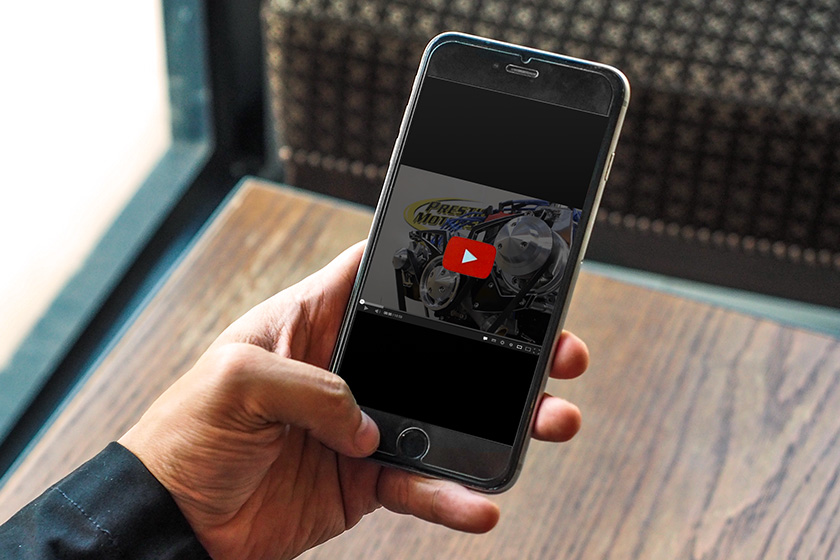When it comes to successful search engine optimization, there are many considerations to weigh—including those that involve such external factors as backlinking/citations, social media cues, online reputation, and more. Before addressing any of those issues, however, it’s wise to do everything within your power to optimize your actual website content—attending to on-page SEO opportunities and capitalizing on every chance you have to win the favor of the search engine algorithms.
The list of potential on-page optimization opportunities is itself quite long; in this post, we’ll direct your attention to some of the most significant ones.
Here is your Checklist for On-Page Optimization:
Your URL
Start with the URL itself. This is a prime area to insert some rich, descriptive keywords—telling your readers and the search engine algorithms what your site is really about. A lot of developers forfeit this opportunity by implementing URLs that are gibberish—random strings of letters or numbers. Still others use URLs that are vague—e.g., mysite.com/articles/article28.html. Again, the best approach is to be descriptive and to employ some targeted keywords— e.g., mysite.com/hair-products/laser-hair-therapy.html.
Title Tags
Your title tag is another good place to include a keyword. (The title tag, after all, is the website title as it’s displayed on the SERP, and at the top of the search browser.) Generally speaking, it’s better to position your keyword as close to the beginning of your title tag as possible. Of course, the keyword should always be relevant to the content of the page.
H1 Tags
The H1 tag is often thought of as the “headline”—the big, bold title that’s displayed on the page itself. (A lot of CMS platforms, including WordPress, automatically add an H1.) Again, the H1 is a prime opportunity to insert an SEO keyword, so long as you can do so organically and maintain relevance to the website content.
H2, H3, etc.
Some section sub-headlines, used throughout your written content, can provide value in several ways. For one, they make the content much easier to read. They indicate something of the page’s flow and navigation. And, critically, they provide still more areas where you can include some SEO keywords.
Keywords in the Body Content
Within your written content, keywords should be deployed judiciously. Remember that the writing always needs to make sense to your readers, so you don’t want to stuff a bunch of keywords that don’t offer substantive value. Having a few well-placed keywords is ideal, especially if you’re able to fit one within the first 100 words or so of your text.
Rich Content
Videos, infographics, GIFs, and photos can all help with your on-page optimization. Why? Because these elements capture users’ attention, and keep them on the page for longer periods of time. This in turn improves your “bounce rate,” one of the key factors in Google’s search engine algorithms. Again, ensure that whatever rich content you include is actually relevant to the topic of the page, and consistent with your branding. (Related note: Make sure the file names for your images include relevant keywords; avoid vague image names like image1.png.)
Responsive Design
Responsive design essentially means the page is easy to read no matter what device you’re on; there is no need to zoom, scroll, or resize just to fit its contents within your iPhone or Kindle screen. Responsive design helps you appeal to mobile search users, but that’s not the only reason to adopt it. Google has actually begun to actively penalize sites that do not employ responsive design!
Outbound Links
While it is not absolutely critical to include outbound links on your page, it can certainly be helpful. Google interprets these links as “relevancy signals,” using these links to better determine the topic and value of your page. If you can include links to reputable and authoritative, external websites, consider doing so.
Internal Linking
Also ensure that each page of content you create has at least a couple of links to other relevant parts of your website—for example, related products, or blogs on an similar topic.
Site Speed
Studies have shown that most search engine users will not spend more than four seconds waiting for a website to load. If yours takes longer, it means you’re missing some traffic. Talk with your website developer about what you can do to improve your page speed.
Substantive and Value-Adding Content
While there is no magic number in terms of the ideal SEO word count, it is always better to provide content that’s rich in information, and that encourages users to stay on the page for longer periods of time. Make sure you invest time in developing content that appeals to your human readers, not just Google’s bots!
Is Your Site Fully Optimized?
The issues we’ve mentioned here are all foundational to successful search engine optimization. Before you do anything else to market or promote your site, we recommend getting the actual content and structure of your page right—using the guidelines laid out here.
To learn more about developing a website that’s fully optimized and ready to rank, we encourage you to give us a call. Schedule a chat with the enCOMPASS website design team today.
SHARE THIS ARTICLE:



